 English
English-
 Español
Español
-
 Português
Português
-
 Portugiesisch
Portugiesisch
-
 Français
Français
-
 日本語
日本語
-
 Български
Български
-
 한국어
한국어
-
 Türkçe
Türkçe
-
 Nederlands
Nederlands
-
 English
English
-
 Eesti
Eesti
-
 Suomi
Suomi
-
 বাঙ্গালি
বাঙ্গালি
-
 беларуская
беларуская
-
 Ελληνικά
Ελληνικά
-
 Kreyòl ayisyen
Kreyòl ayisyen
-
 עִברִית
עִברִית
-
 हिन्दी
हिन्दी
-
 Magyar
Magyar
-
 íslenskur
íslenskur
-
 Gaeilge
Gaeilge
-
 italiano
italiano
-
 Hrvatski
Hrvatski
-
 Latinus
Latinus
-
 latviski
latviski
-
 Melayu
Melayu
-
 Malti
Malti
-
 Монгол
Монгол
-
 မြန်မာ
မြန်မာ
-
 فارسی
فارسی
-
 Polski
Polski
-
 عربي
عربي
-
 Română
Română
-
 русский
русский
-
 slovenský
slovenský
-
 Slovenščina
Slovenščina
-
 Afrikaans
Afrikaans
-
 svenska
svenska
-
 dansk
dansk
-
 український
український
-
 o'zbek
o'zbek
-
 Cymraeg
Cymraeg
-
Zulu
-
 Tiếng Việt
Tiếng Việt
-
 bosanski
bosanski
-
 Deutsch
Deutsch
-
 eesti keel
eesti keel
-
 ไทย
ไทย
What Is Tie-dye?
Sat Mar 26 09:33:24 CST 2022
What Is Tie-dye?
Tie-dyeing, also known as strangulation, is an ancient technique that uses ligation and dyeing, and it is also one of the traditional manual dyeing techniques in my country. According to historical records, as early as the Eastern Jin Dynasty, tie-dye-proof twisted valerian silk was produced in large quantities. At that time, twisted valerian products had relatively simple small clusters of patterns, such as butterflies, winter plums, and begonias; there were also whole patterns, such as white. "Caviar" with small dots, "Agate" with larger dots, and white spots with purple ground and white spots resemble the "Deer's fetus" of sika deer.
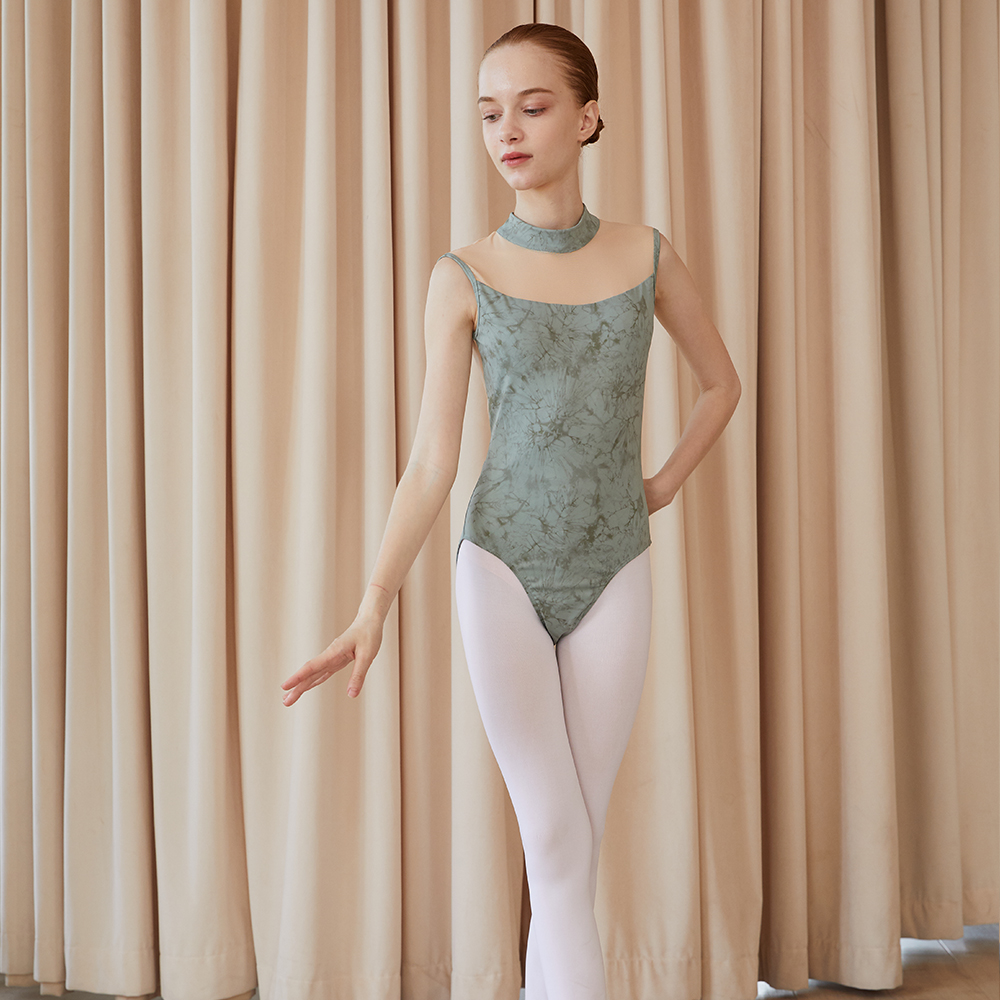
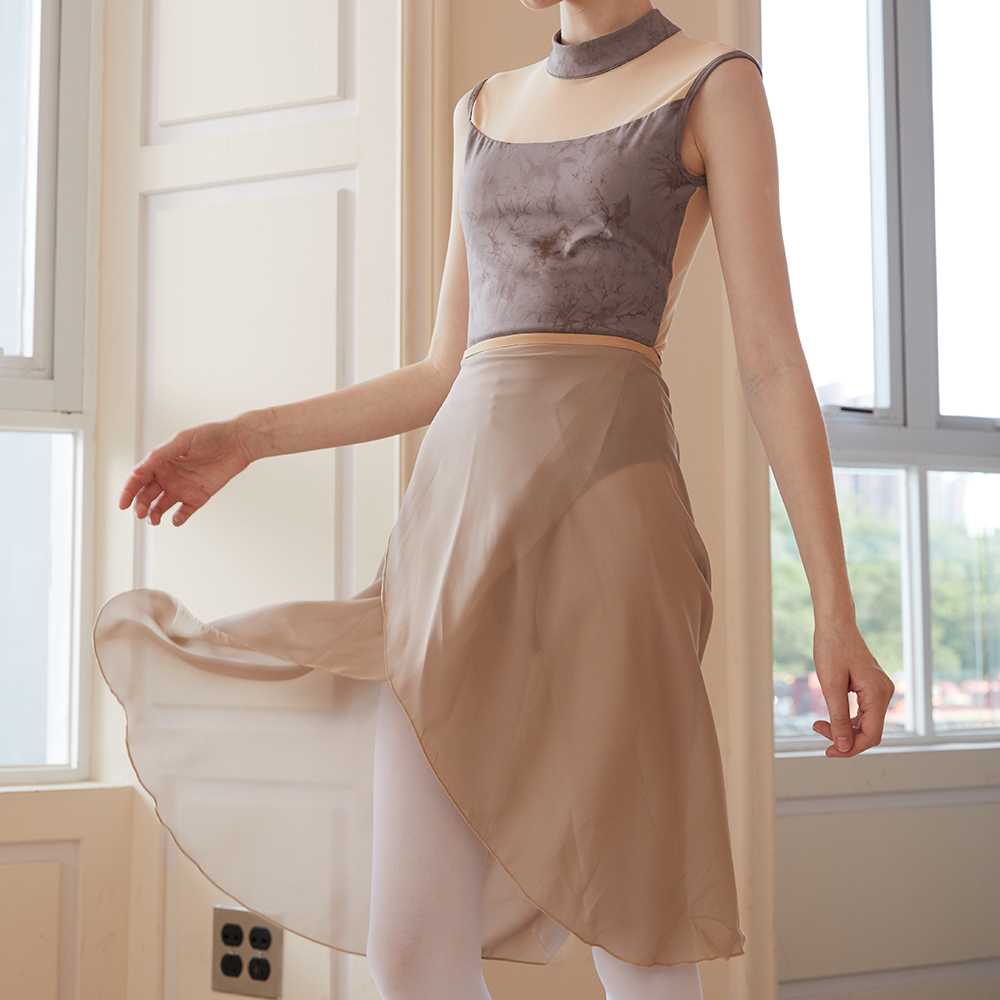
In the Northern and Southern Dynasties, tie-dye products were widely used in women’s clothing. In the "Sou Shen Postscript", there are records of "purple fur" (ie top) and "green skirt", and "purple fur" refers to "Deer Titus Valerian" pattern top. The Tang Dynasty was the heyday of my country's ancient culture, and twisted textiles were very popular and more common. In Tang poems, we can see that women’s popular outfits at that time were wearing "green bivalerian" and "flat-headed small flower and straw shoes." Stranded valerian silk with exquisite patterns was widely popular in the palace, and "green bivalerian dress" became the basic style of Tang Dynasty fashion. In the Northern Song Dynasty, valerian products were very popular in the Central Plains and northern regions.
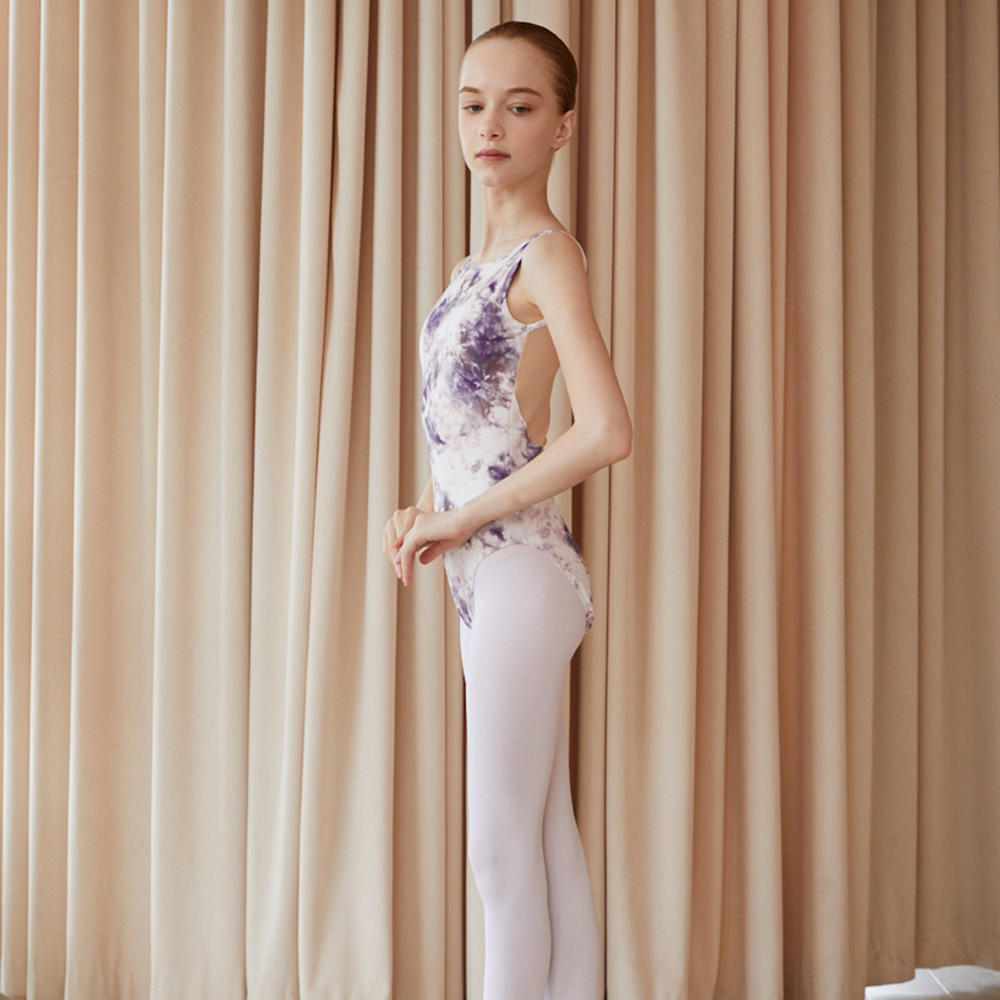
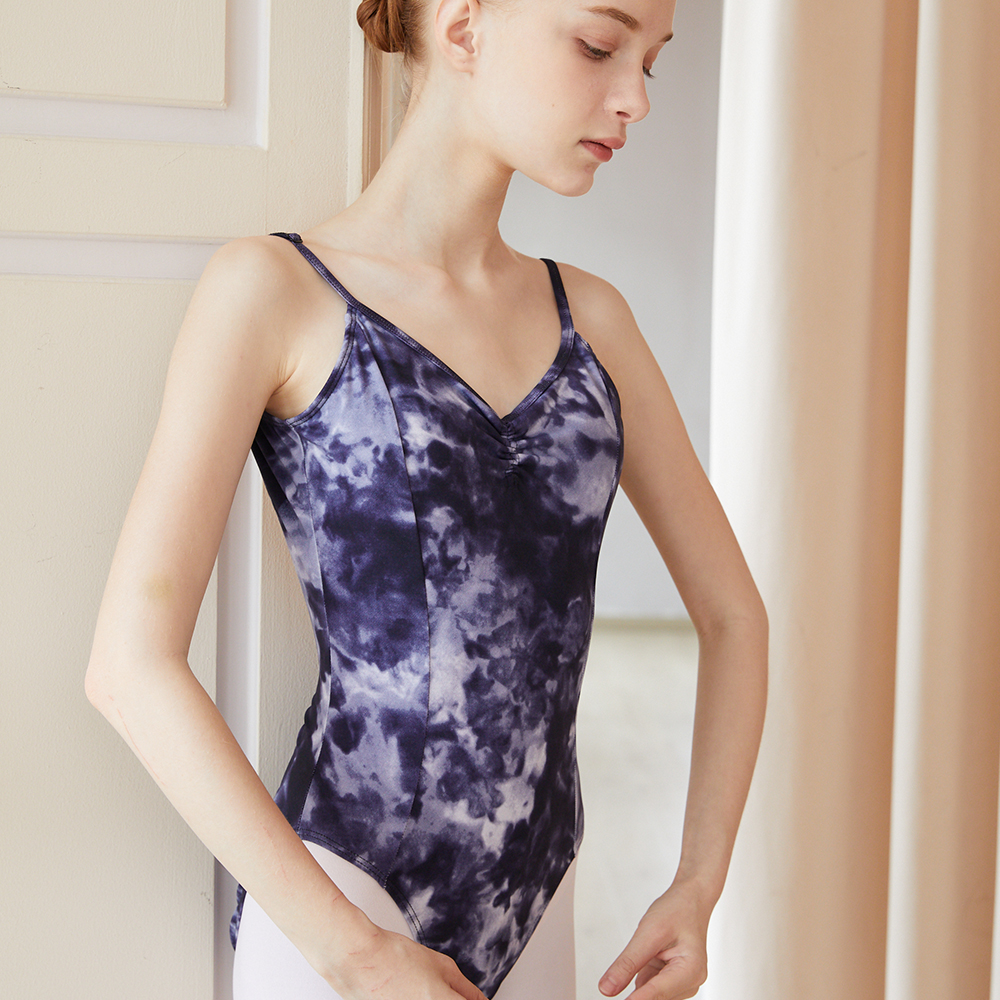
Tie-dyeing is an ancient textile dyeing process in China. Dali calls it pimple flower cloth or pimple flower. The processing process is to fold and bind the fabric, or sew it, and then immerse it in the color paste for dyeing. The dyeing is with Radix isatidis and other natural plants, so there is no harm to human skin. The use of various binding techniques in tie-dyeing combined with a variety of dyeing techniques, the dyed patterns and patterns are changeable, with amazing artistic charm. Tie-dyeing has a history of about 1500 years in China. The earliest surviving object is the twisted printed silk from the Eastern Jin Dynasty. Tie-dyeing in the Tang Dynasty developed to its heyday, and the nobles wore twisted clothes and became fashionable. In the Northern Song Dynasty, due to the complicated production of tie-dyeing and a large amount of labor, the court once banned it, which led to the decline and even disappearance of tie-dyeing. But the ethnic minorities in the southwest border still retain this ancient skill.

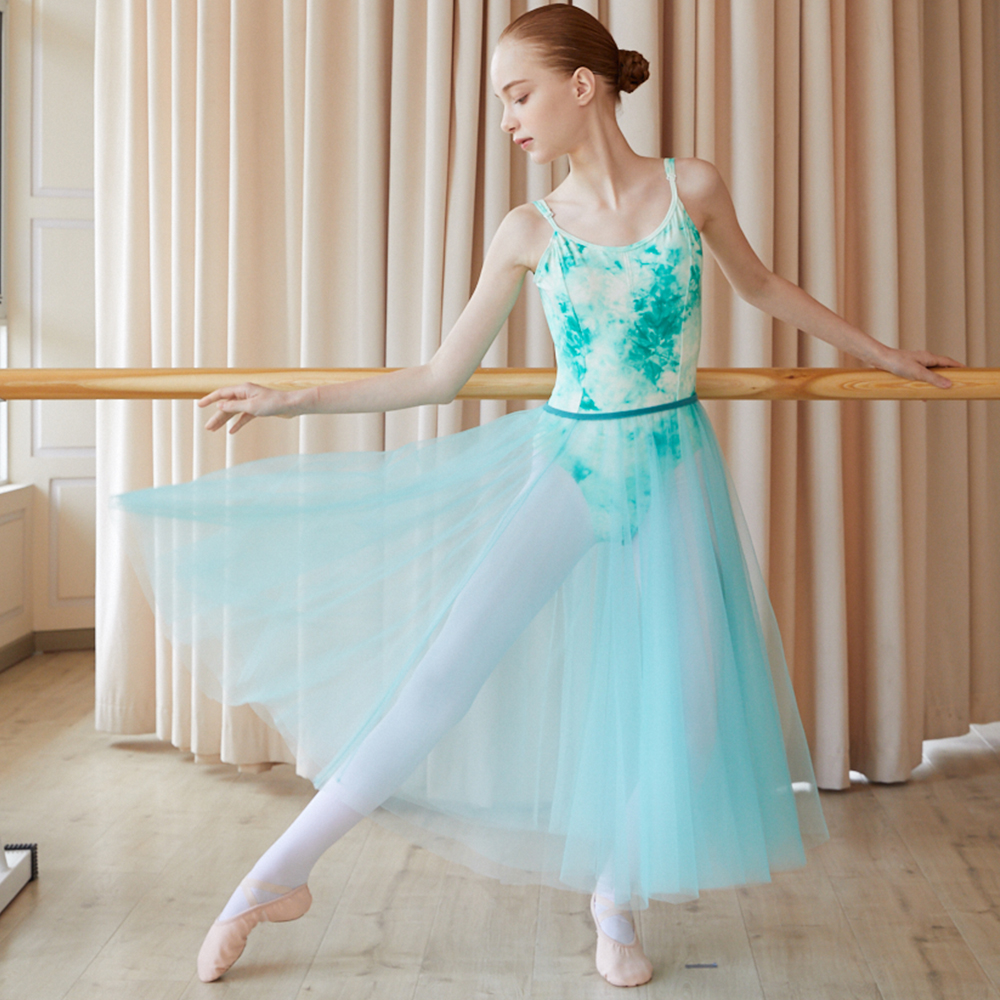
In addition to China, India, Japan, Cambodia, Thailand, Indonesia, Malaysia and other countries also have tie-dye handicrafts. In the 1970s, tie-dyeing became a popular handicraft, widely used in clothing, ties, wall hangings, etc. Applying multiple knotting and multiple dyeing processes on the same fabric can develop the traditional tie-dyeing process from a single color to a multi-color effect.
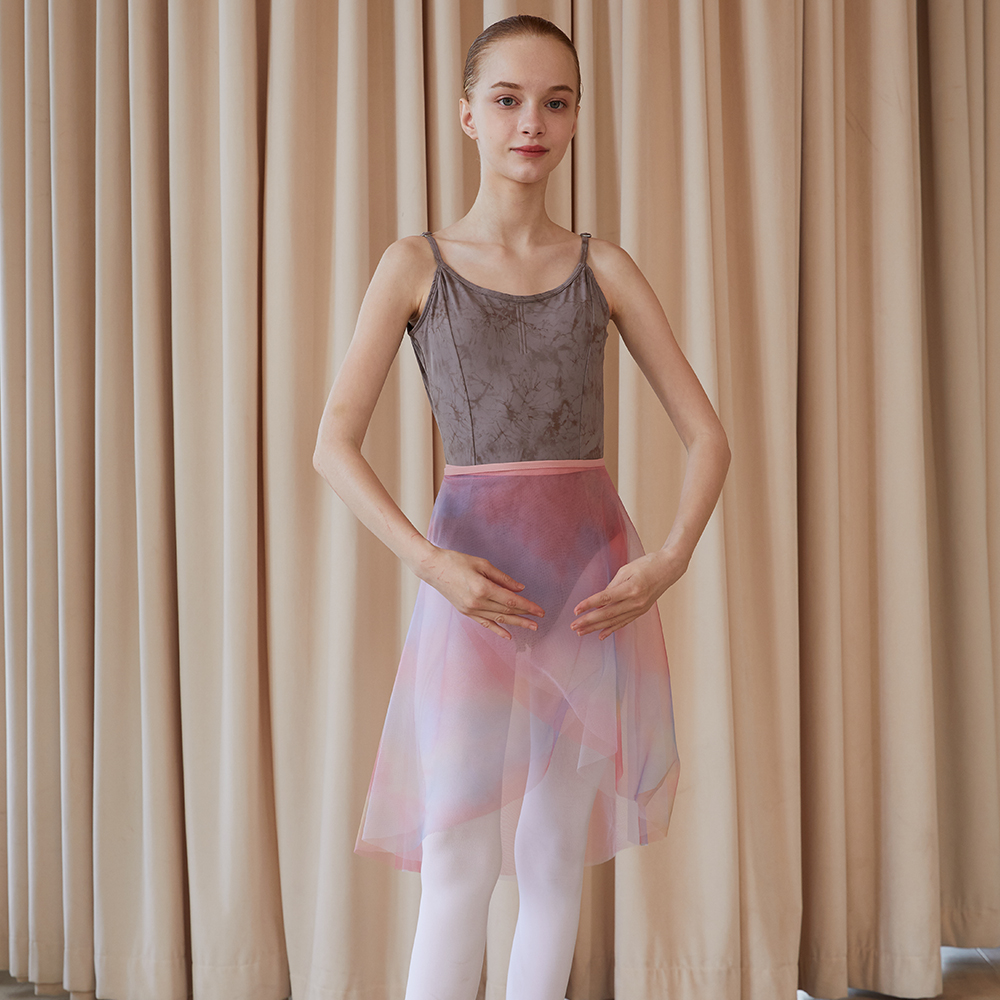
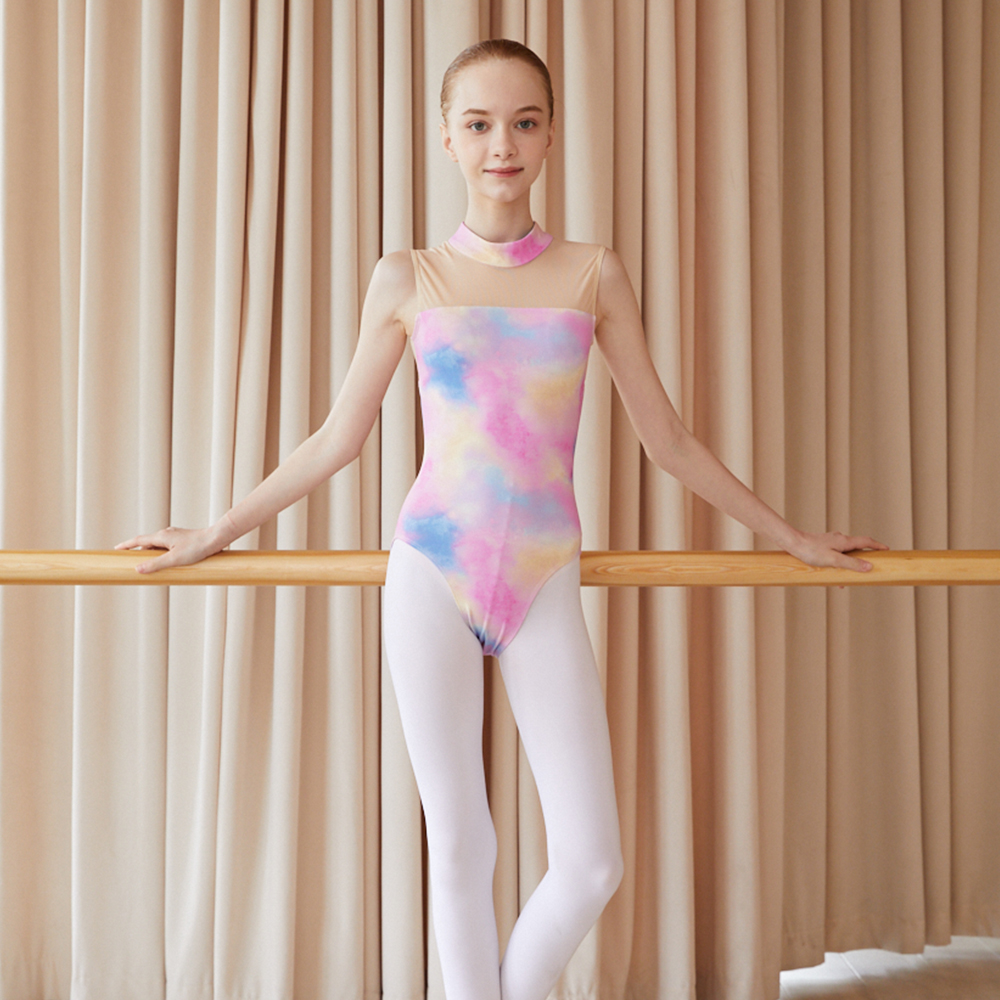
If you are interested in tie-dye and long skirts in the article, welcome to cooperate with us. We will customize products with specific styles and colors according to your preferences.

